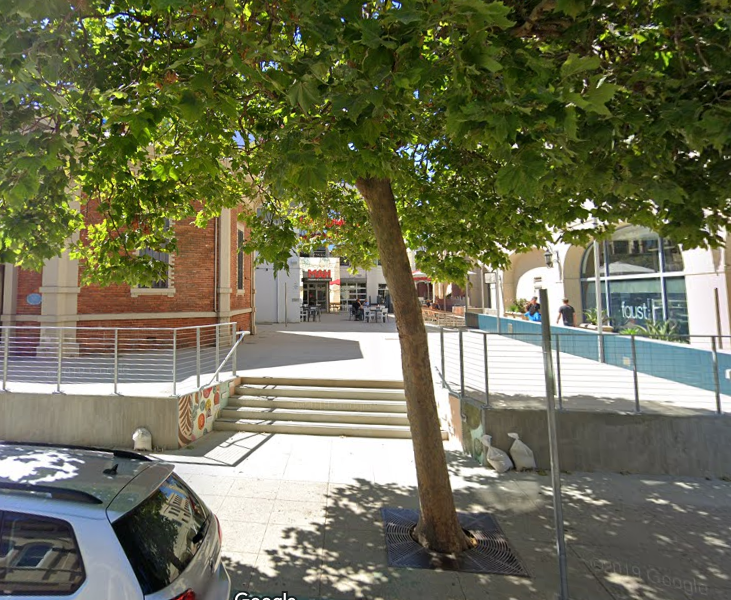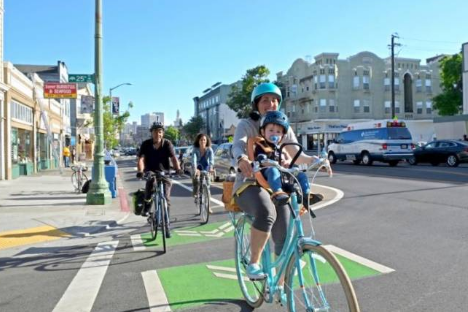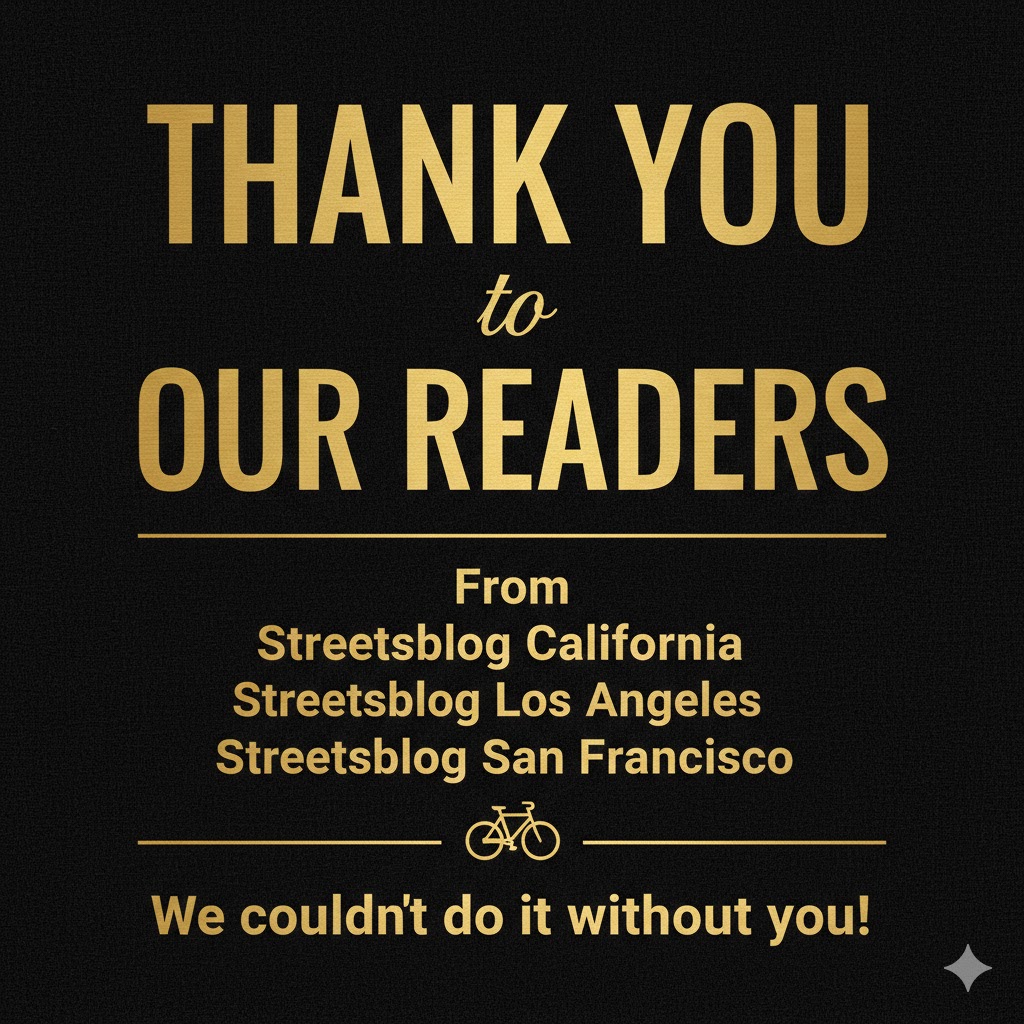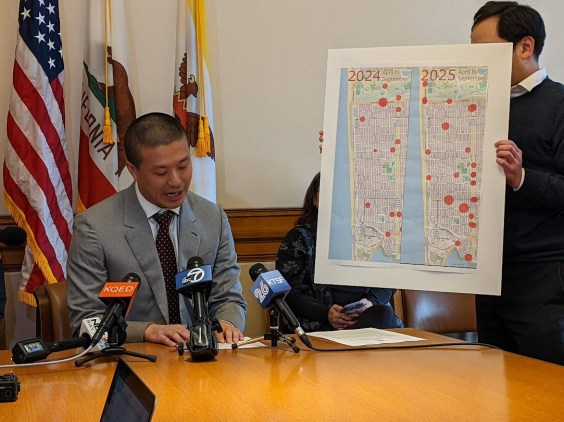Public streets, sidewalks, and parkways - or rights-of-way (ROWs) - commonly comprise about a quarter of urbanized areas. When combined with surface and structured parking lots for cars, including driveways and garages in low-density neighborhoods, the amount of land set aside for cars is enormous. This land is a huge resource, and small changes could allow cities to be significantly more efficient with it. Cities could center ROWs on welcoming humans, green design, clean travel, and wealth creation.
The majority of our road lanes are wider than necessary - lanes are sometimes up to fourteen feet wide (ten feet is the official minimum required, and more than enough). We could reclaim some public land by right-sizing lane widths. This would cause what’s called 'friction' for cars, slowing them down while promoting safer streets for everyone: motorists, pedestrians, and cyclists. This would mean greater mobility - that is more equitable - for all.
Curb bulb-outs are needed everywhere, and the wide curb radius designs from the 1950s that encourage speedy turning needs to be eliminated. This will decrease accidents and provide more room in the ROW for pedestrian traffic and rollers (wheelchairs, strollers, skateboards).
It is beneficial to build planters in parking lanes at standard intervals - a practice once common in many California cities. These 'parklets' provide space for trees and serve as stormwater runoff catch basins, filtering water prior to ocean discharge. They can slow drivers and offering pedestrians regular refuge from passing vehicles.
Plantings also reduce urban heat islands by expanding the tree canopy. Urban heat islands are a dangerous man-made contributor to climate change. When cities replace natural land cover with pavement, buildings, and other hard surfaces, they absorb and retain heat, and energy costs (e.g., for air conditioning), air pollution levels, and heat-related illness and mortality all rise.
Speed tables on collector streets - roads that see high traffic but aren’t main thoroughfares - can help ensure cars travel at reasonable speeds. This has already proven effective on Jade Street in Capitola, and along California Street in Santa Cruz. Retrofitting target intersections with roundabouts, like the award-winning pair on Pacific Avenue near the Santa Cruz Wharf, can eliminate inefficient and flow-interruptive traffic signals while slowing cars moving through them. Smartly dressed, they can be excellent urban design features, and they eliminate expansive asphalt. These and similar traffic calming measures cost little but pay daily dividends in terms of the environment, the climate, and quality of life.
Some spaces in off-street parking lots could be converted to state-of-the-art bike facilities. These should be placed close to the entrance, much as ADA parking is. The more benefits and incentives allotted to cyclists, the better for all, since with less vehicular traffic come fewer carbon emissions and less congestion.
Parking-protected bike lanes, as built in Oakland, San Francisco, Montreal, and other cities, should replace striped bike lanes in the street. Relocating parking lanes next to vehicular travel lanes, with bike lanes adjacent to the curb, enables the parked cars to serve as protection for cyclists rather than the other way around.
As a demonstration project, the city of Santa Cruz should consider Cooper Street in its downtown. Changing the vehicle flow pattern there to enable full closure to cars would expand the lively public space adjacent to the popular Abbott Square plaza, bringing back some of the magic and warmth of the Cooper House era from decades ago.
Parking subsidies and car infrastructure burden our municipalities, make our ROWs unfriendly to humans, and promote automobile overuse - and cars are the primary driver of air pollution, public safety concerns, and a myriad of health issues.
These ideas are a beginning. They’re easy and inexpensive to implement incrementally into current systems. They can serve as an engine for prosperity, move our cities towards environmental sustainability, and address many problems without drastic measures.
We believe these shifts in how we retrofit our ROWs will be popular with community members.
Stephen Svete is an urban planner with Strong Towns Santa Cruz, and John Mulry works as lead organizer for the same organization.







